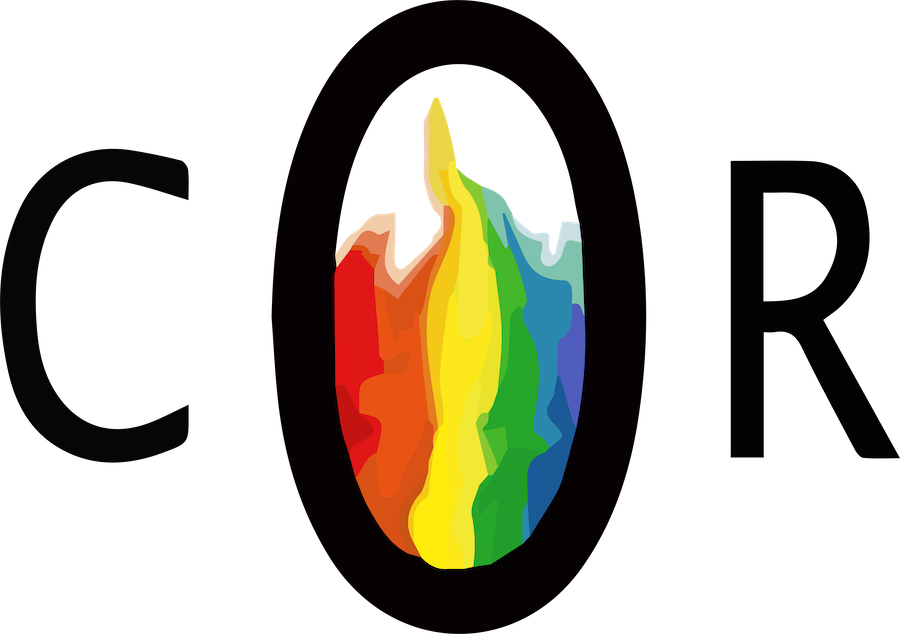by Mrs. Virginia Goodwin (August, 1998)
Church of the Redeemer began as part of the Evangelical denomination which had its roots in German settlements in Eastern Pennsylvania.
Founder Jacob Albright (born 1759) was a member of a Lutheran church when he had a profound conversion experience and began exhorting others to do the same. Because his zeal was not received well by his home church, he started attending Methodist Episcopal classes. Albright and his followers eventually broke away from the M.E. group and started the Evangelical Association so they could serve German people in the German language.
Our church was originally the Cleveland Heights Evangelical Mission, begun, on this site about 1920 in a large house located in front of the current garage area. The minister and his family lived in the upstairs part of the house; the congregation worshipped on the first floor. A one story room was added to the back for meetings, Sunday School classes and prayer meetings. The Cleveland Heights Evangelical Mission was a direct descendant of Cleveland’s first Evangelical Church which started in 1840.
By 1927 when my family started coming, there was a wooden church structure just north of the house; the whole house became the parsonage. The wooden church was located where our present education unit is situated. The church had a one floor sanctuary with chairs, a finished basement, kitchen, place to eat, and room for Sunday school classes were found in the finished basement. At the time, it was hoped that a more permanent structure would soon replace the wooden church but this did not happen for many years.
Wilma Gundersen, Corrine Isley, and I were the only members that are still here who grew up from early childhood in that building. In those days, we attended catechism classes (confirmation) that lasted about two hours every Saturday during the school year. This is just one thing that differs from today’s activities.
The name Church of the Redeemer came into being officially September 6, 1942 when two other Evangelical churches E. 75th on Woodland and Zion (105th) merged with the Heights congregation. This brought to the Heights church many more active, dedicated, capable members and increased to 401 our membership rolls! Decline in membership during the next two decades occurred for some reason but has gone up gradually until we have again reached over 400 members.
In 1946, after many years of consultation, the Evangelical Church merged with the United Brethren denomination which was very similar in its German background, doctrine, and administrative structure and we became E.U.B. Our church was the Cleveland Heights Evangelical United Brethren Church.
We talked about a needed new building and began a building fund. In the fall of 1949 ground was broken with an impressive ceremony. The sanctuary / Fellowship hall part of our present building was finished and was dedicated June 11, 1950. The old wooden structure remained attached to the new brick building and served as the education unit until 1983.
In 1968, long standing discussions with the Methodist Church finally brought a union which Jacob Albright many years before had hoped for. This union formed the United Methodist church and we were Church of the Redeemer, United Methodist.
In June 1968, the congregation passed a “Congregational Fair Housing Resolution” which denounced housing discrimination in the Cleveland heights area, called upon congregations and clergy to work and speak out about racial equality and called upon real estate agents to use fair housing practices.
In late 1970, two biracial couples and their children began attending the church until they moved out of town in the late 1970’s. The next year, an Asian Indian family joined and were very active until they moved in 1978 to a suburb too far away to make it practical to come to Redeemer. (The woman is Dr. Elizabeth Balraj, our current county coroner.)
In 1974, Varina and Sumpter Riley began attending; Roberta Nathan and her children also attended. Phil and Beverly Holland and family began to attend and were soon contributing greatly to the life of the congregation. Other black families joined, as well as people of Asian background. Church of the Redeemer was on its way to becoming the wonderful racially inclusive church we are today. Becoming a Reconciling Congregation in the 1990’s was another evidence of our deliberate attempts at being inclusive.
One other innovative, controversial program in the congregation was “Laboratories for Human Development” begun in the late 1960’s and continuing into the 1970’s by the minister and a small group of members. This was a program on the “cutting edge” for the church in making available sensitivity training, personal growth opportunities. We held weekend workshops with religious, spiritual, and psychological themes led by competent professionals. The workshops were attended by our church members and people from other churches in the East Ohio conference as well as members of other denominations and unchurched people. We met in the old parsonage building which later changed its name to the “Community House”. Other groups in the neighborhood used the facility as time went on. A women’s resource and support group was housed there, as one of our ways of reaching out to the community.
The Community House was razed at the same time in 1983 as was the old wooden structure that was our education unit. The old wooden structure that had been there since the 1920’s was replaced by the education unit as we see it today. I can well remember the rumors that persisted for a few years after we became United Methodists. Many people felt that the “authorities” would not long allow little Redeemer to exist so close to another U.M. church. But here we are thirty years later still alive and growing.
